Tag: PEEP
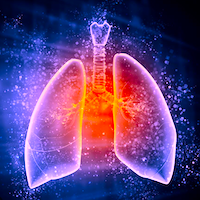
Back To The Future: ARDS Guidelines
In June 2023, Intensive Care Medicine published the European Society of Intensive Care Medicine (ESICM) practical guidelines for respiratory support in patients with acute respiratory distress syndrome (ARDS). This monumental... read more
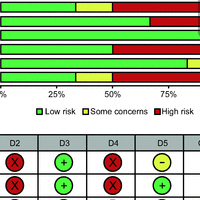
Postextubation Complications vs. Positive-Pressure Suctioning Techniques
Currently available studies that compared post-extubation complications in subjects managed with the positive-pressure and suctioning techniques were summarized. Further high-quality studies with a robust study design and... read more

The Advanced Ventilator Book
The Advanced Ventilator Book is a companion to the best-selling The Ventilator Book and is written for clinicians who already have a solid foundation in the basics of mechanical ventilation. It goes beyond the ventilator... read more
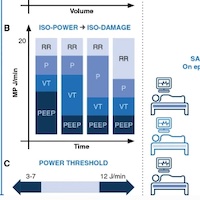
Mechanical Power: Meaning, Uses and Limitations
Ventilator-induced lung injury (VILI) carries significant attributable mortality in acute respiratory distress syndrome (ARDS). Even though all the ventilatory variables contribute to VILI, current guidelines focus almost... read more
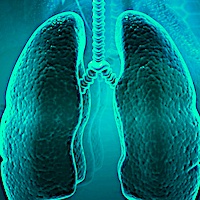
Postoperative Pulmonary Complications in the ENIGMA II Trial
Respiratory complications remain among the most common and serious adverse outcomes of major surgery. In the Australian and New Zealand Audit of Surgical Mortality, postoperative pneumonia accounted for 44% of infective... read more
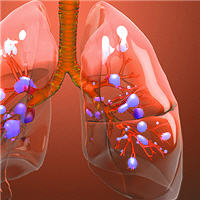
Pros and Cons of Disconnecting the Ventilator During Acute Respiratory Decompensation
Disconnecting the ventilator and manual BMV should be performed in cases where device malfunction is the primary cause of decompensation. These instances are quite rare. Disadvantages of switching to BMV include loss of... read more

Improving Outcomes in Patients with Difficult Airways
Evidence indicates that the airway community has successfully conquered the anatomically difficult airway, as these patients are managed safely with a low incidence of morbidity and mortality. In contrast, the literature... read more

Protective Ventilation
As ventilator induced lung injury (VILI) importantly impacts outcome of mechanically ventilated patients, even in those without lung injury, it follows that those caring for the critically ill should apply protective ventilatory... read more

Prone Position in Mechanically Ventilated Patients
The use of prone position (PP) during invasive mechanical ventilation was first reported more than 45 years ago as a mean to improve oxygenation in patients with acute hypoxemic respiratory failure. Improved oxygenation... read more
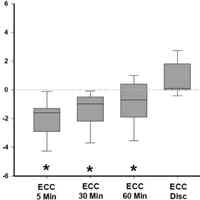
External Chest-wall Compression in Prolonged COVID-19 ARDS with Low-compliance
SARS-CoV-2 can lead to severe respiratory failure (C-ARDS) with some clinical and radiological characteristics that match the presentation of acute respiratory distress syndrome (ARDS). The management of mechanical ventilation... read more
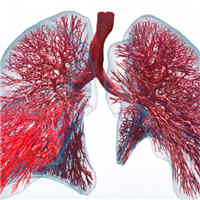
ARDS Subphenotypes Validation and Utility Identified by Machine-learning Models
Classifier models using clinical variables alone can accurately assign ARDS subphenotypes in observational cohorts. Application of these models can provide valuable prognostic information and could inform management strategies... read more
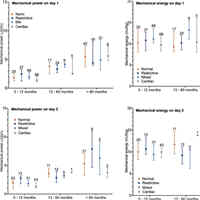
Energy Transmission in Mechanically Ventilated Children
Mechanical energy (ME) better related to underlying lung pathology and patient outcome than MP. The delivery of generated energy to the lung was not dependent on endotracheal tube diameter (ETT) size during PC ventilation.... read more

Ventilation in Patients with Intra-abdominal Hypertension
The incidence of intra-abdominal hypertension (IAH) is high and still underappreciated by critical care physicians throughout the world. One in four to one in three patients will have IAH on admission, while one out of... read more
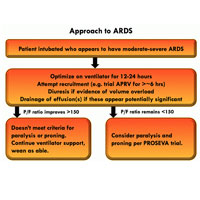
ARDS vs. PseudoARDS – Failure of the Berlin Definition
True ARDS might be defined as a histological diagnosis involving diffuse alveolar damage throughout the lungs (characterized by hyaline membrane formation and thickening of the alveolar walls). PseudoARDS refers to patients... read more




